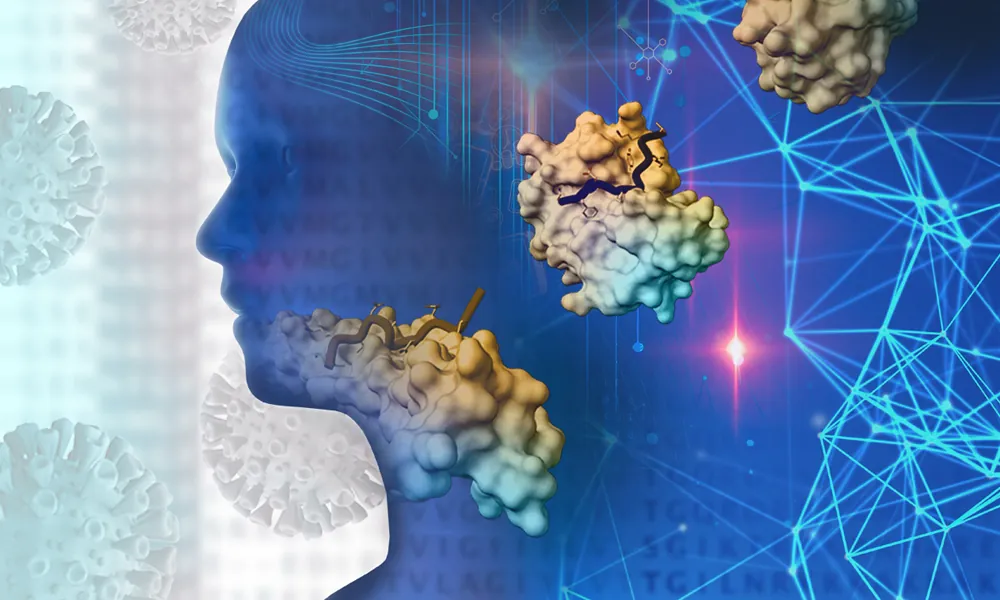In the wake of the global pandemic, Long COVID has emerged as a perplexing and debilitating condition, affecting millions worldwide. Characterized by a range of symptoms that persist well beyond the initial COVID-19 infection, Long COVID poses significant challenges to healthcare systems and individuals alike. Among the most common and impactful symptoms is fatigue, a profound and persistent tiredness that markedly diminishes quality of life. Recent research spearheaded by the Amsterdam University Medical Center sheds light on a potential physical cause of this fatigue, linking it to mitochondrial dysfunction within muscle tissue. This groundbreaking discovery not only enhances our understanding of Long COVID but also opens new avenues for targeted treatments.
The Burden of Long COVID
Long COVID affects an estimated 65 million people globally, presenting with symptoms such as post-exertional malaise, cognitive impairment, sleep disturbances, and, most notably, fatigue. The condition’s impact is far-reaching, affecting individuals’ work, social life, and overall well-being. Despite its prevalence, the mechanisms underlying Long COVID and its symptoms remain largely elusive, posing a significant obstacle to developing effective treatments.
Mitochondrial Dysfunction: The Root of Long COVID Fatigue
The recent study published in Nature Communications by researchers from the Amsterdam University Medical Center offers compelling evidence of a physical basis for Long COVID fatigue. Through meticulous analysis of blood and muscle tissue samples from individuals with Long COVID and healthy controls, the research team uncovered abnormalities in the mitochondrial function of muscle tissue among the Long COVID group.
Mitochondria, often referred to as the cell’s “powerhouses,” are crucial for energy production. The study’s findings suggest that impaired mitochondrial function in muscle cells may lead to the energy deficits observed in Long COVID patients, manifesting as severe fatigue. This revelation not only validates the physical reality of Long COVID symptoms but also provides a concrete target for research and treatment development.
Implications and Next Steps
The discovery of mitochondrial dysfunction as a potential cause of Long COVID fatigue marks a significant step forward in our understanding of the condition. It underscores the need for healthcare providers to acknowledge and validate the experiences of Long COVID patients, advocating for patient-centered care approaches that include tailored exercise recommendations and supportive therapies.
Furthermore, this research paves the way for future studies aimed at identifying specific mitochondrial abnormalities and exploring therapeutic interventions that could mitigate fatigue in Long COVID patients. The pursuit of a diagnostic biomarker for Long COVID, alongside effective treatments, remains a critical goal for researchers and clinicians alike.
Conclusion
The link between Long COVID fatigue and mitochondrial dysfunction offers a new perspective on a condition that has puzzled the medical community and affected millions of lives. By unraveling the physical underpinnings of Long COVID symptoms, researchers have opened the door to more effective treatments and a better understanding of post-viral syndromes. As we continue to explore the mysteries of Long COVID, it is imperative that we support those suffering with compassion, evidence-based care, and a commitment to advancing our knowledge through research.
Recommendations for Further Research
To build on the findings of mitochondrial dysfunction in Long COVID patients, we recommend the following areas for further research:
- Detailed Characterization of Mitochondrial Abnormalities: Investigate the specific mitochondrial changes in Long COVID patients, including energy production rates and potential genetic or molecular alterations.
- Comparative Studies Across Post-Infectious Conditions: Examine whether similar mitochondrial dysfunction is present in individuals suffering from fatigue following other viral infections, to identify common pathways and potential universal treatment strategies.
- Development of Targeted Therapeutics: Explore interventions aimed at improving mitochondrial function, such as pharmacological agents, nutritional supplements, or lifestyle modifications, and assess their effectiveness in alleviating Long COVID fatigue.
- Longitudinal Follow-Up Studies: Monitor the progression of mitochondrial function and fatigue symptoms over time in Long COVID patients, to understand the condition’s trajectory and identify factors influencing recovery or persistence of symptoms.
Through these research efforts, we can hope to unravel the complexities of Long COVID, offering relief and hope to those grappling with its persistent and debilitating symptoms.


